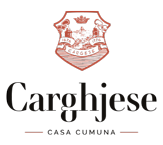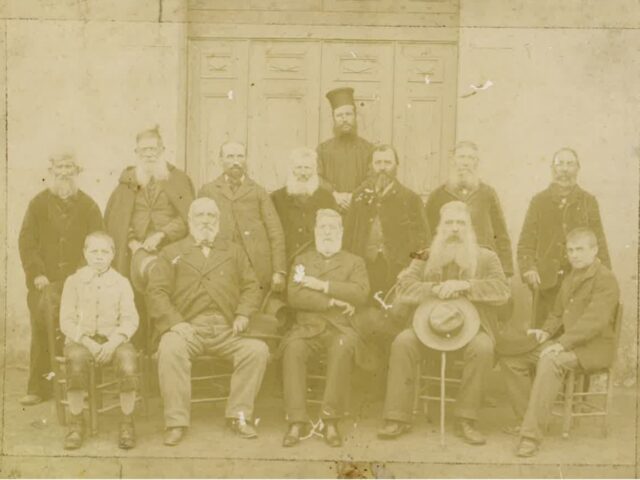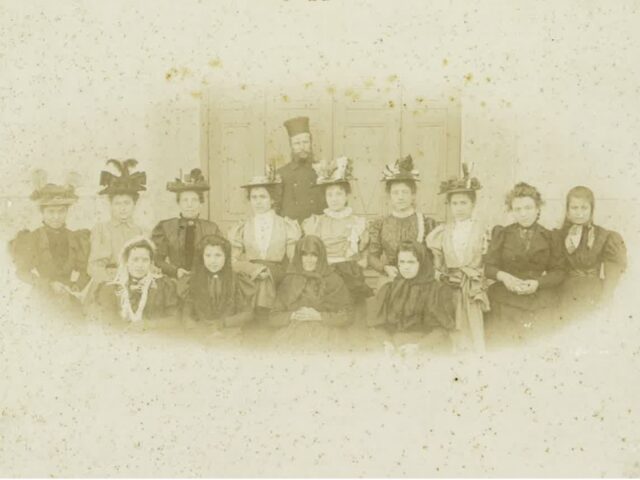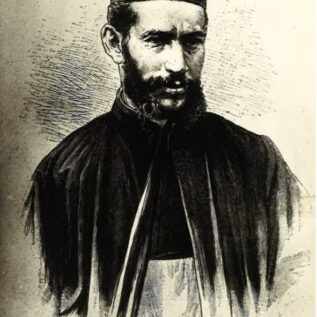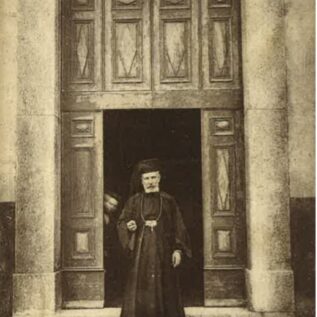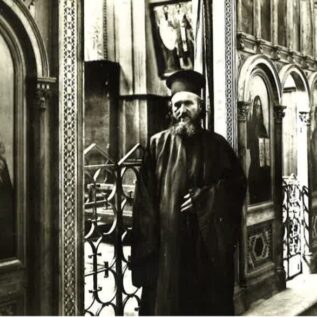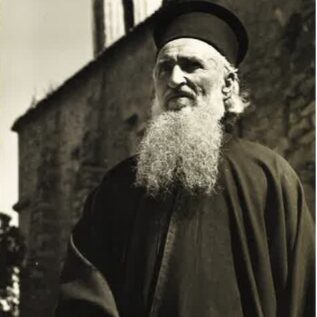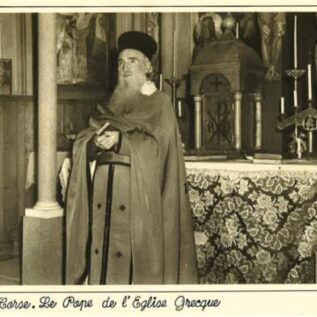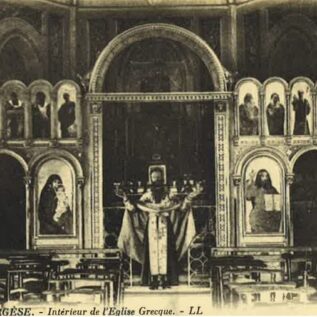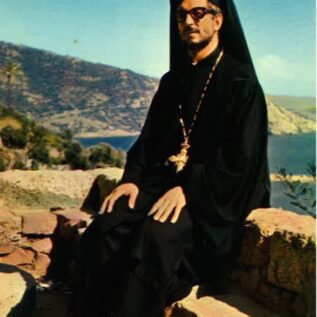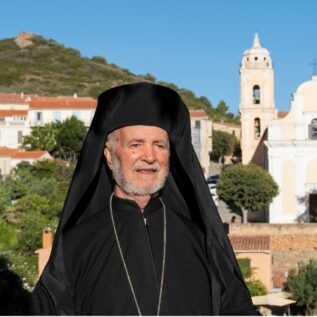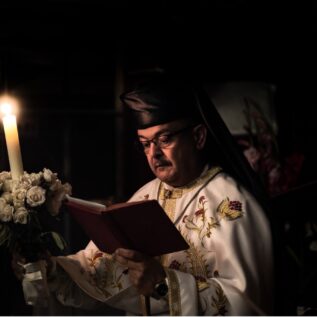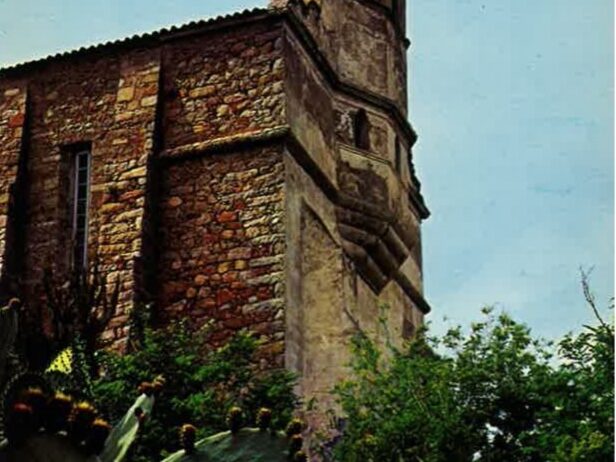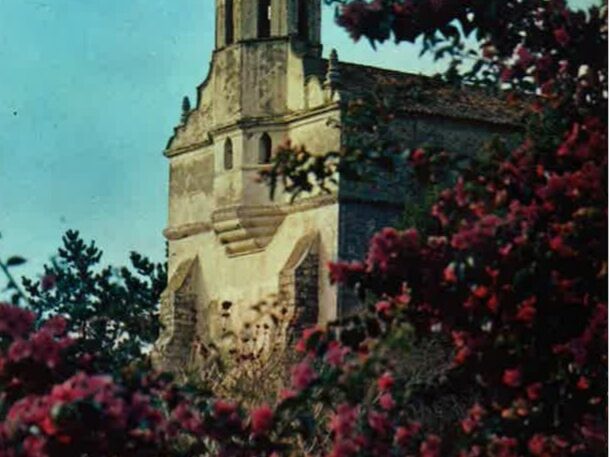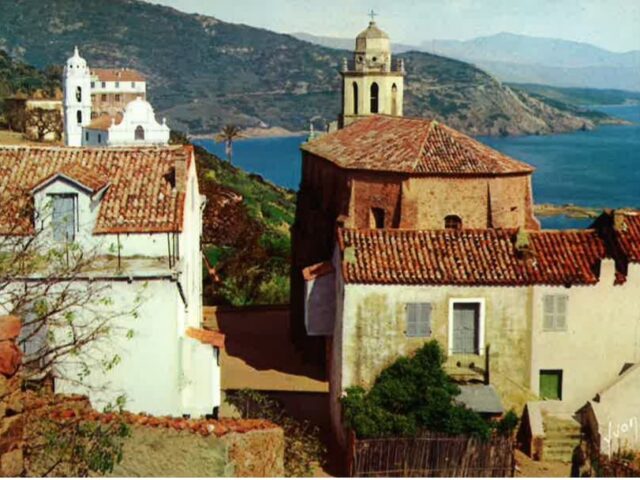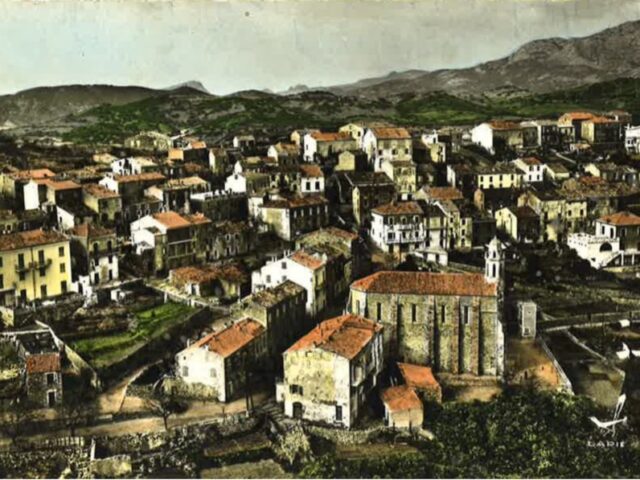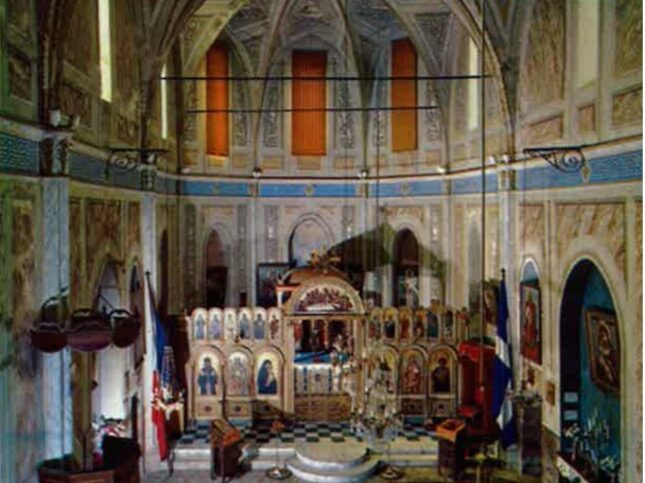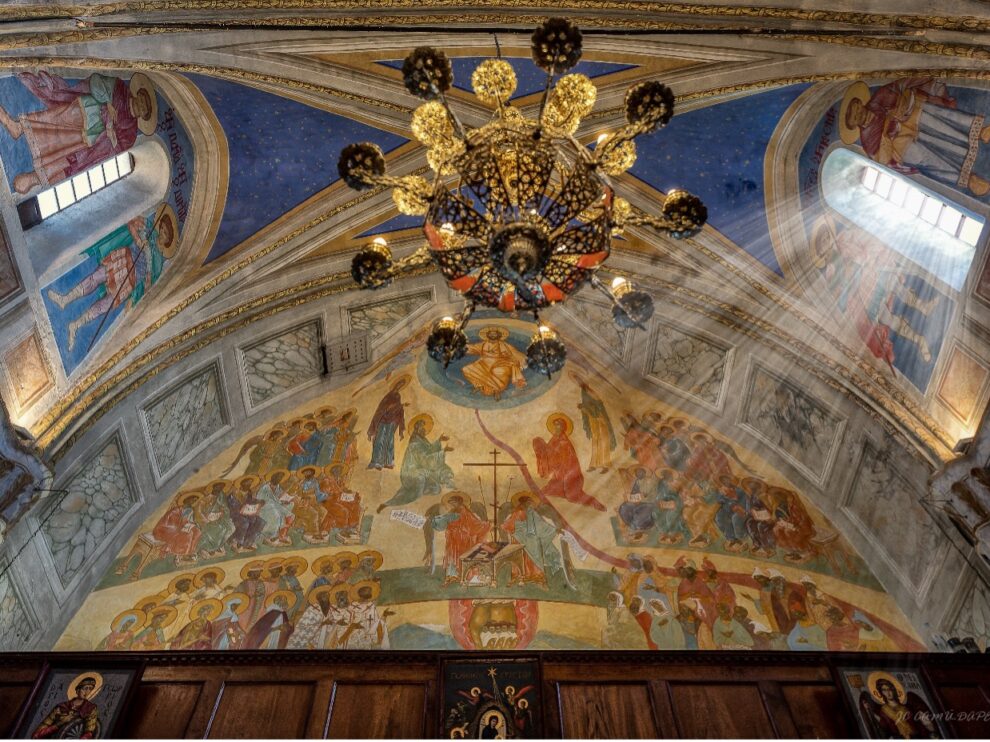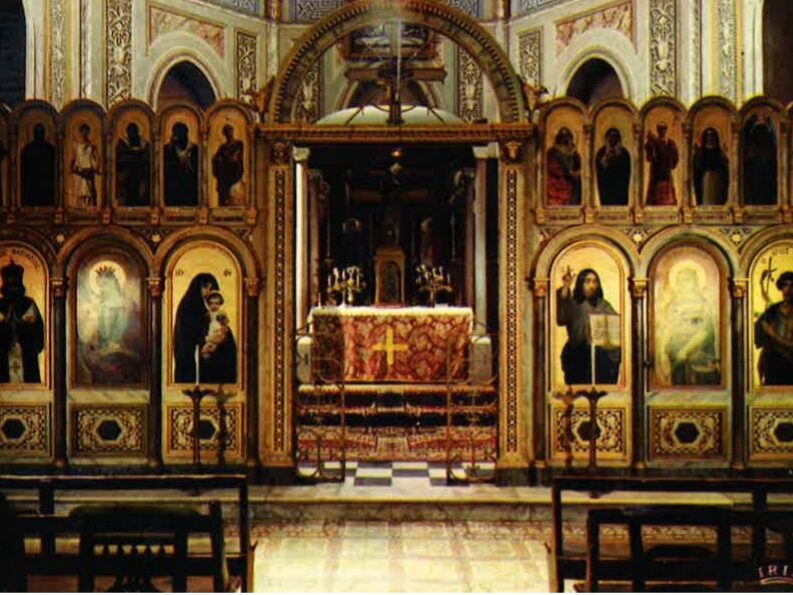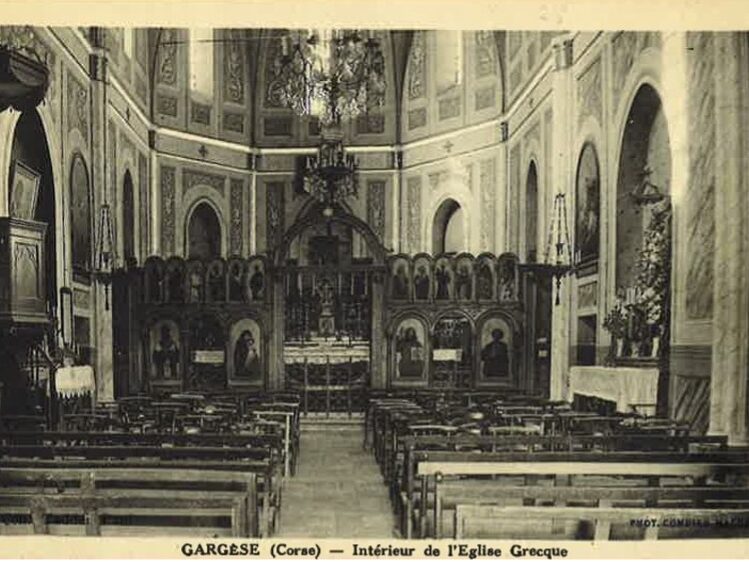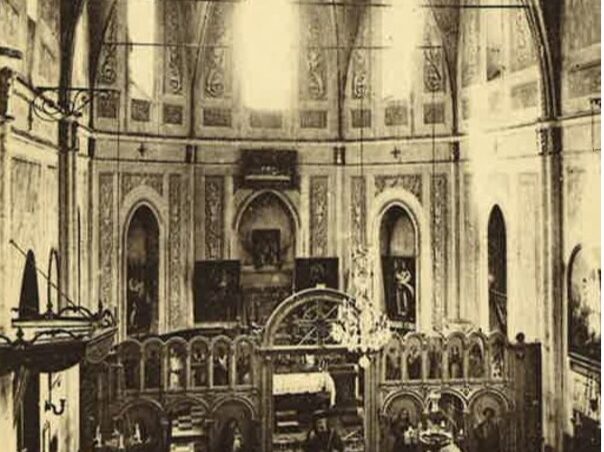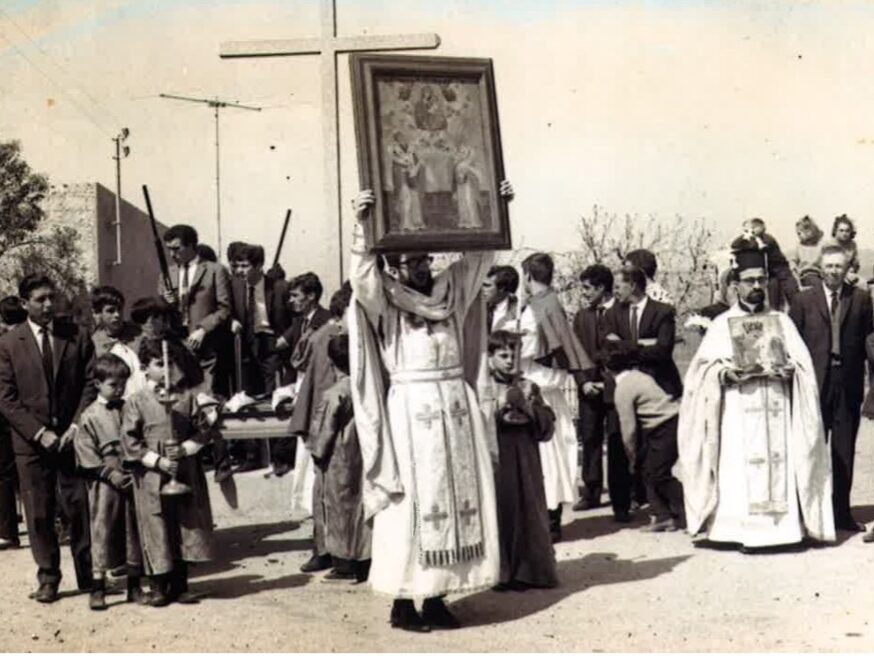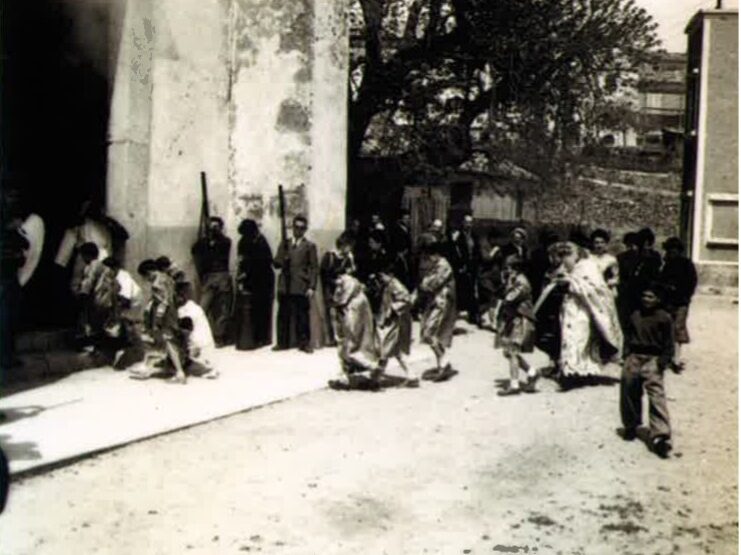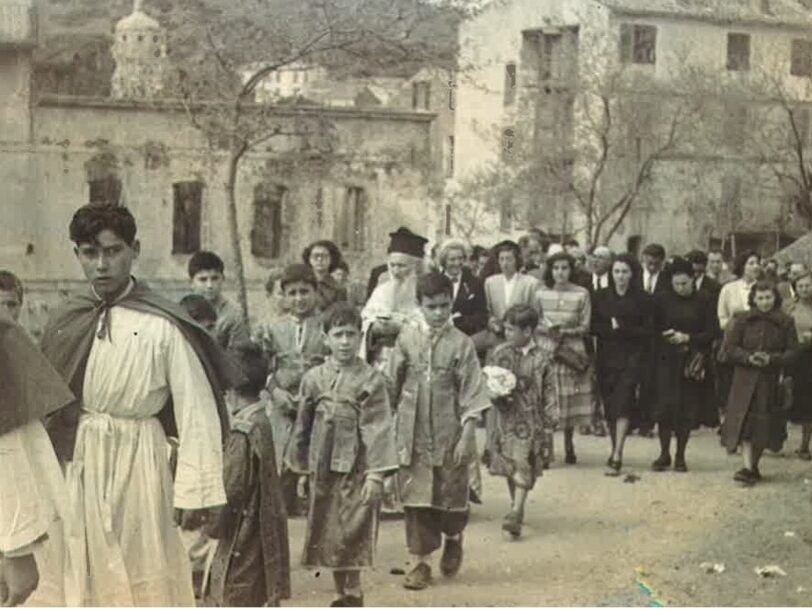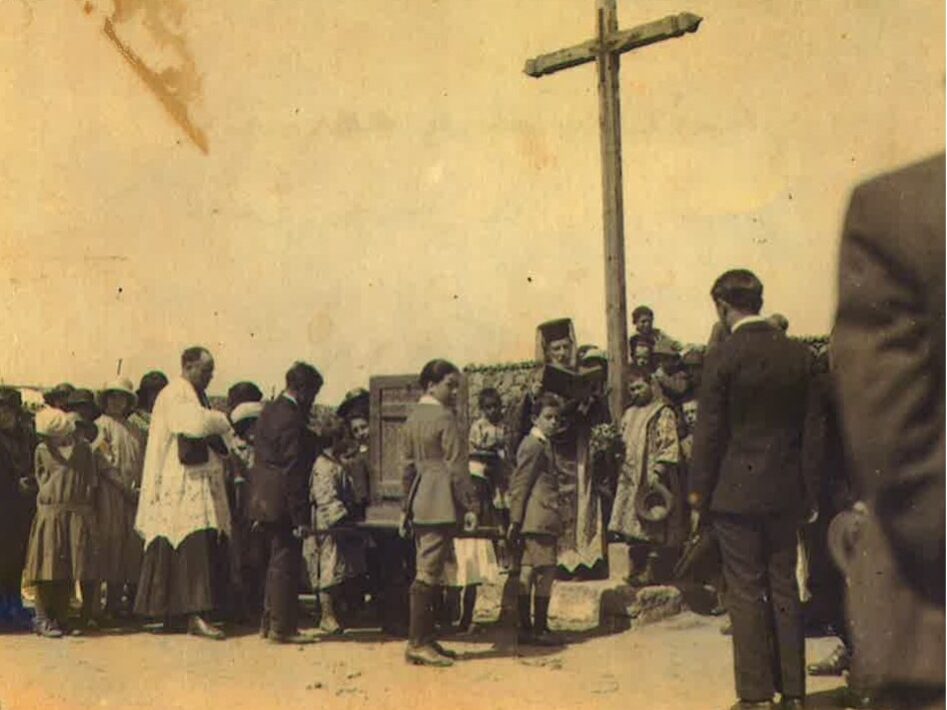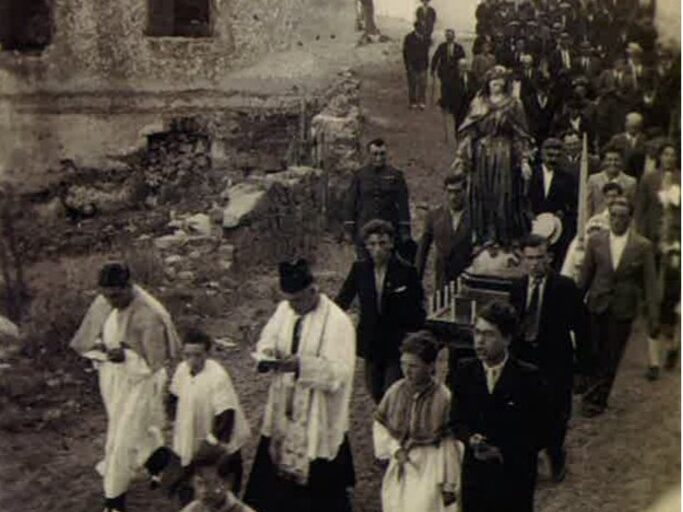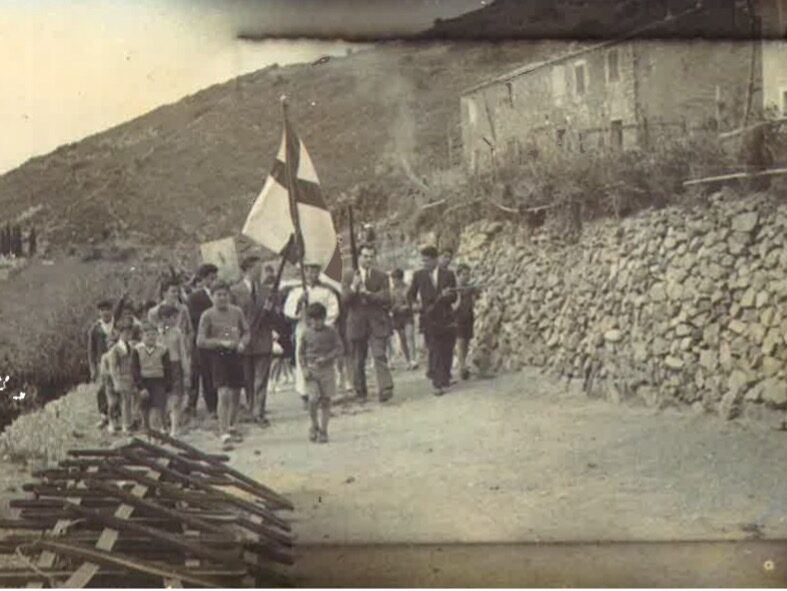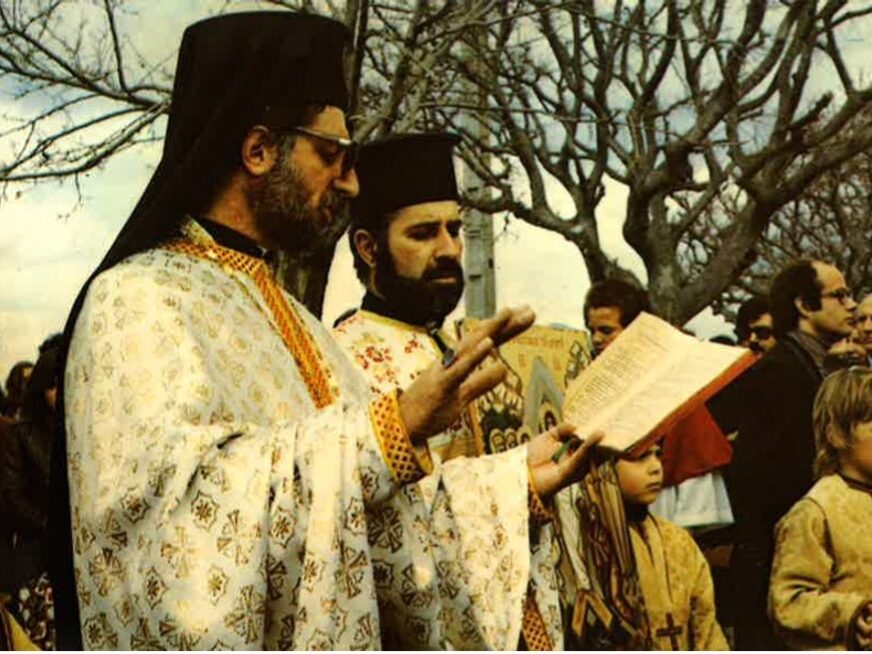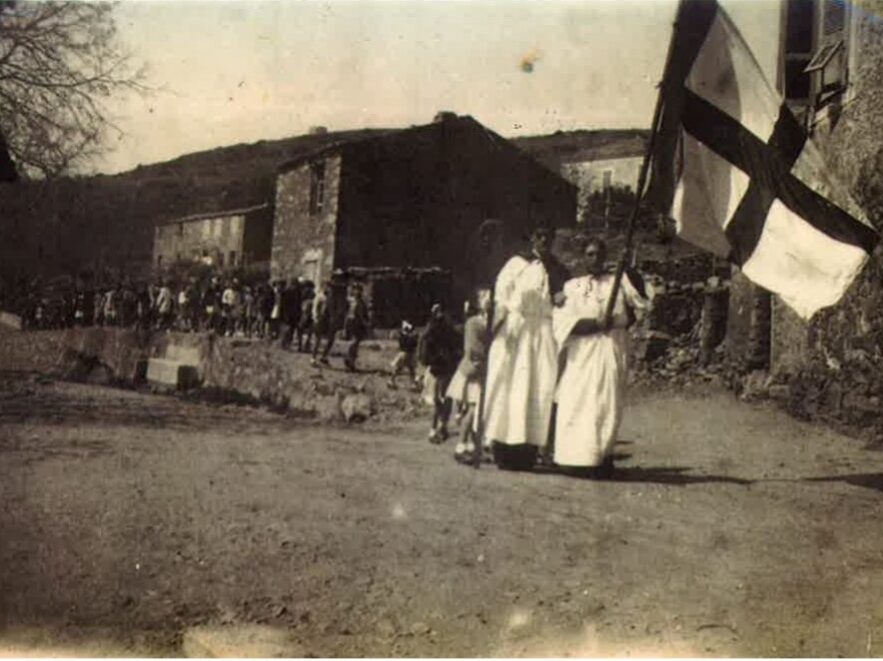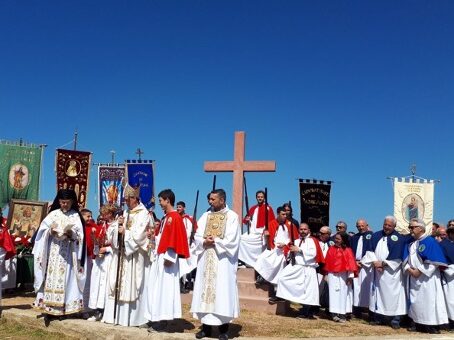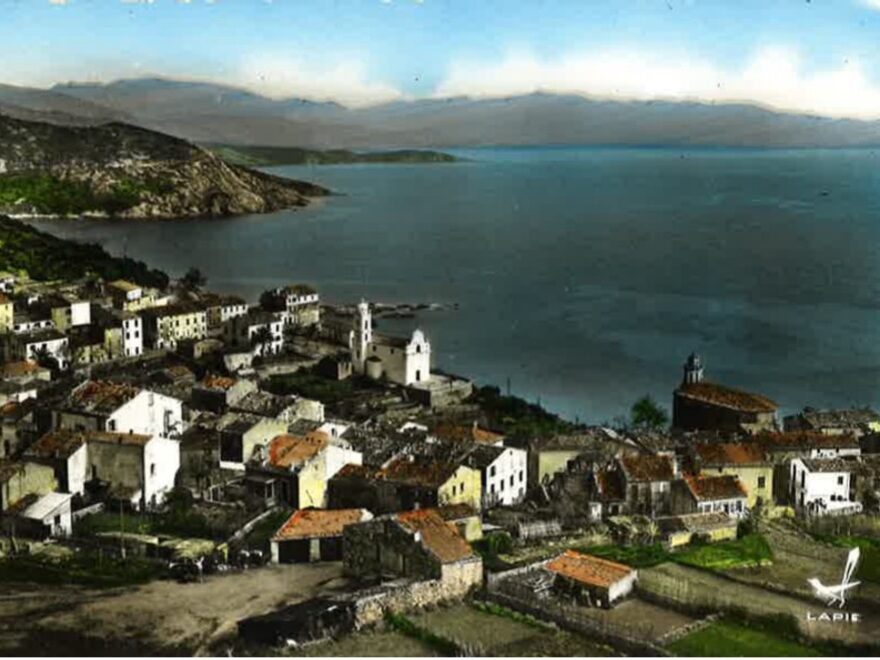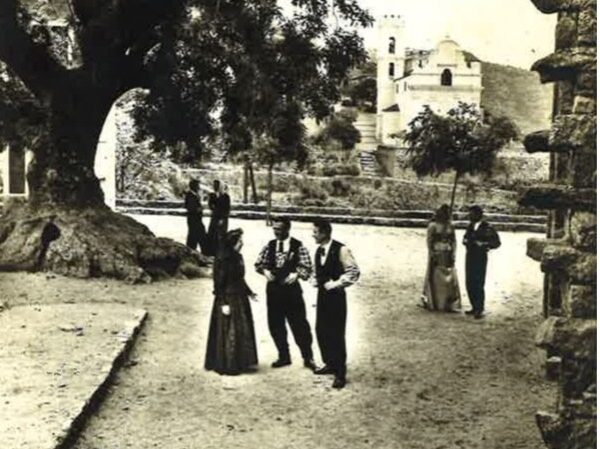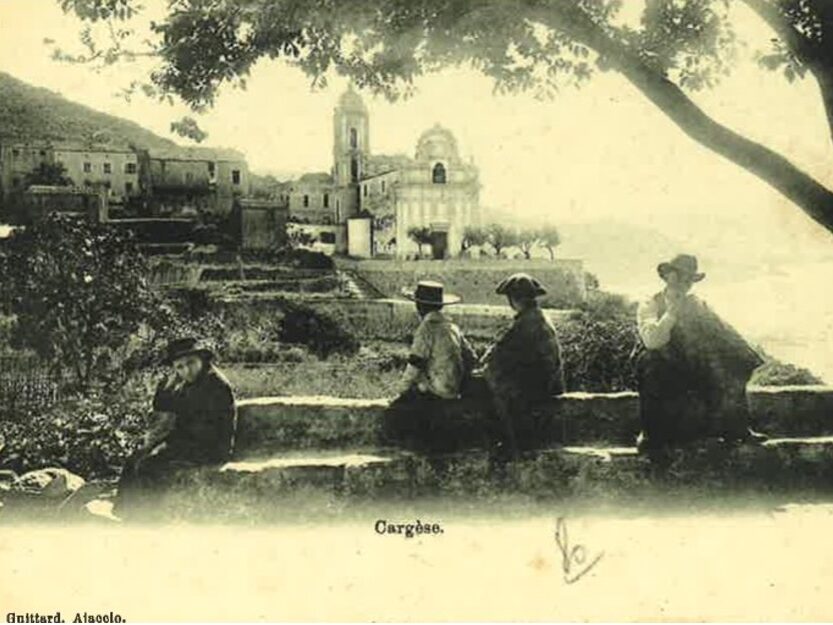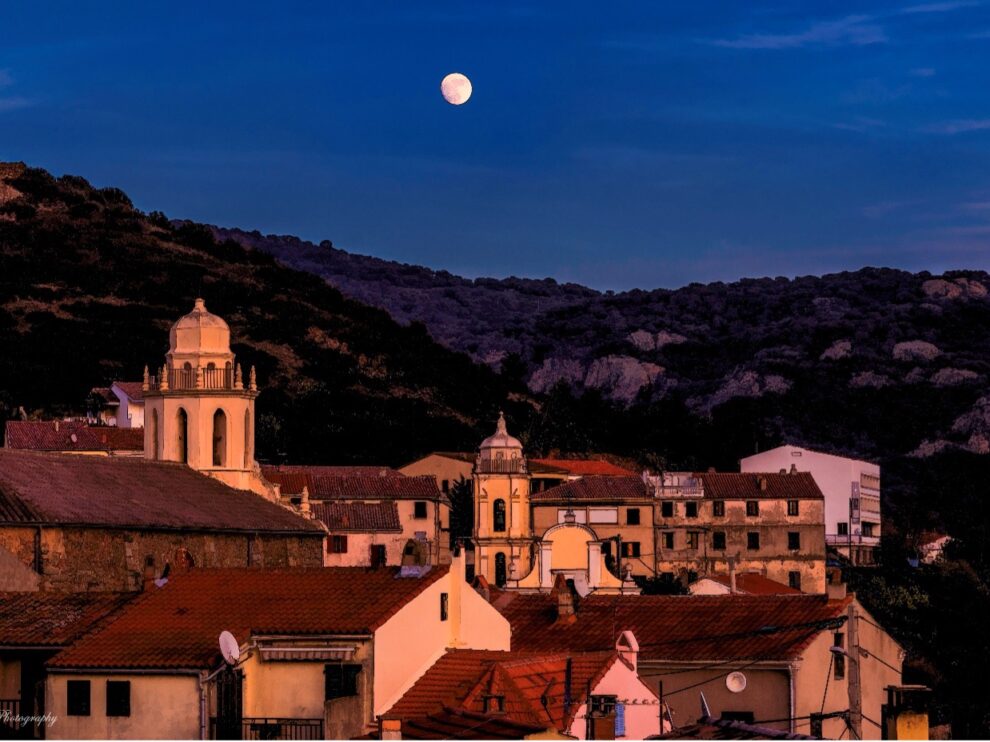En 1676, environ 800 Grecs originaires du village de Vitylo, dans le Péloponnèse, fuient leur terre, pourchassés par les Turcs. La Corse étant alors sous domination génoise, la République de Gênes leur accorda des terres à Paomia, à quelques kilomètres de l’emplacement actuel de Cargèse. Mais en 1731, les Grecs furent chassés par les insulaires, qui voyaient en eux les alliés de la République de Gênes, et contraints de s’exiler à Ajaccio. Le village de Cargèse fut construit à compter de 1776, sous l’impulsion du Comte de Marbeuf, Gouverneur de l’île, afin que les Grecs puissent s’y installer.
In 1676, some 800 Greeks from the village of Vitylo in the Peloponnese fled their land, chased off it by the Turks. At this time, Corsica was under the control of the Republic of Genoa. The Genoese granted them land in Paomia, a few kilometres from the present-day Cargèse. In 1731, the Greeks were chased off their land once again, this time by islanders who saw them as allies of the Genoese and forced them into exile in Ajaccio. The village of Cargèse was built from 1776 under the aegis of the Count of Marbeuf, the Governor of the Island, as a place for the Greeks to live.
